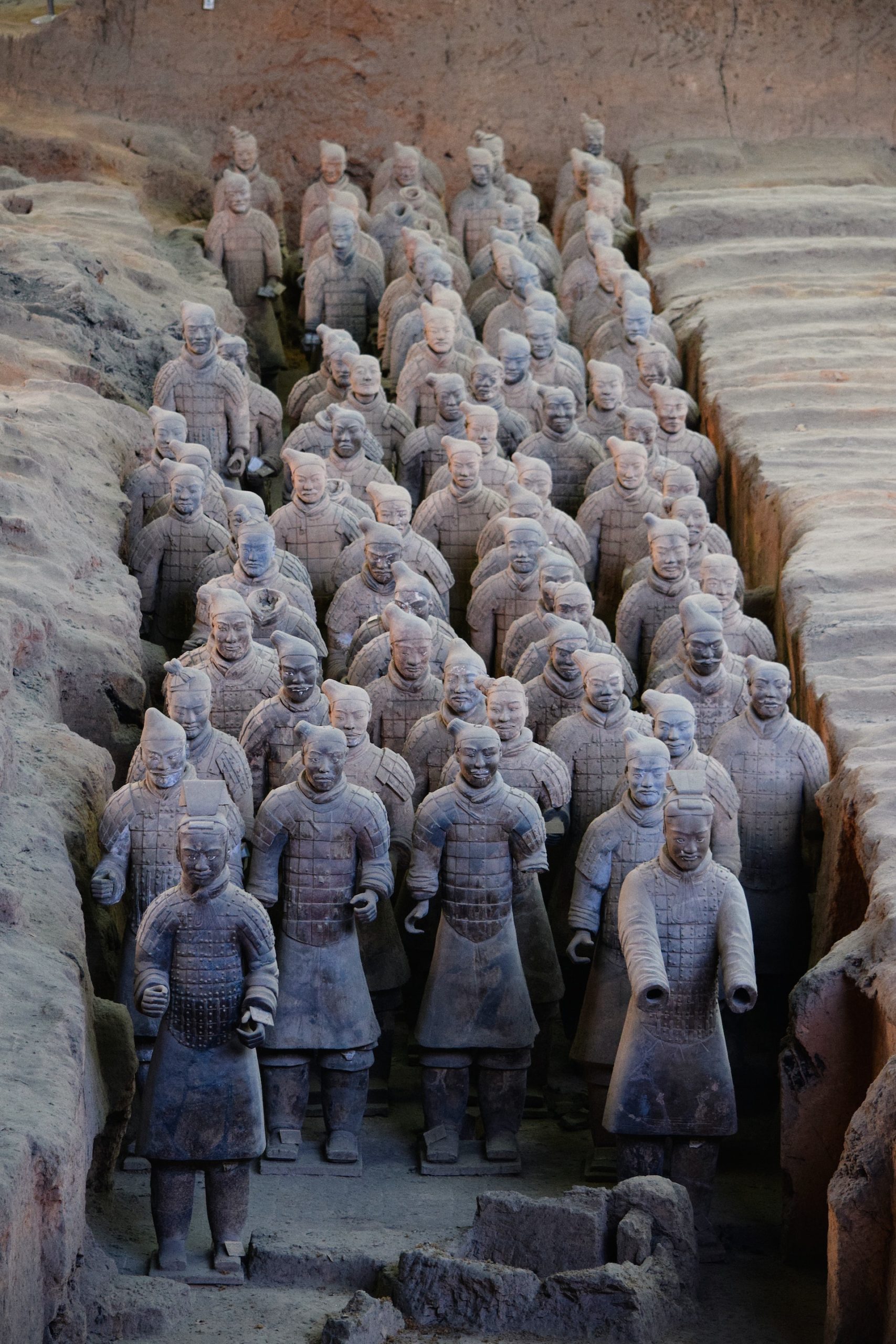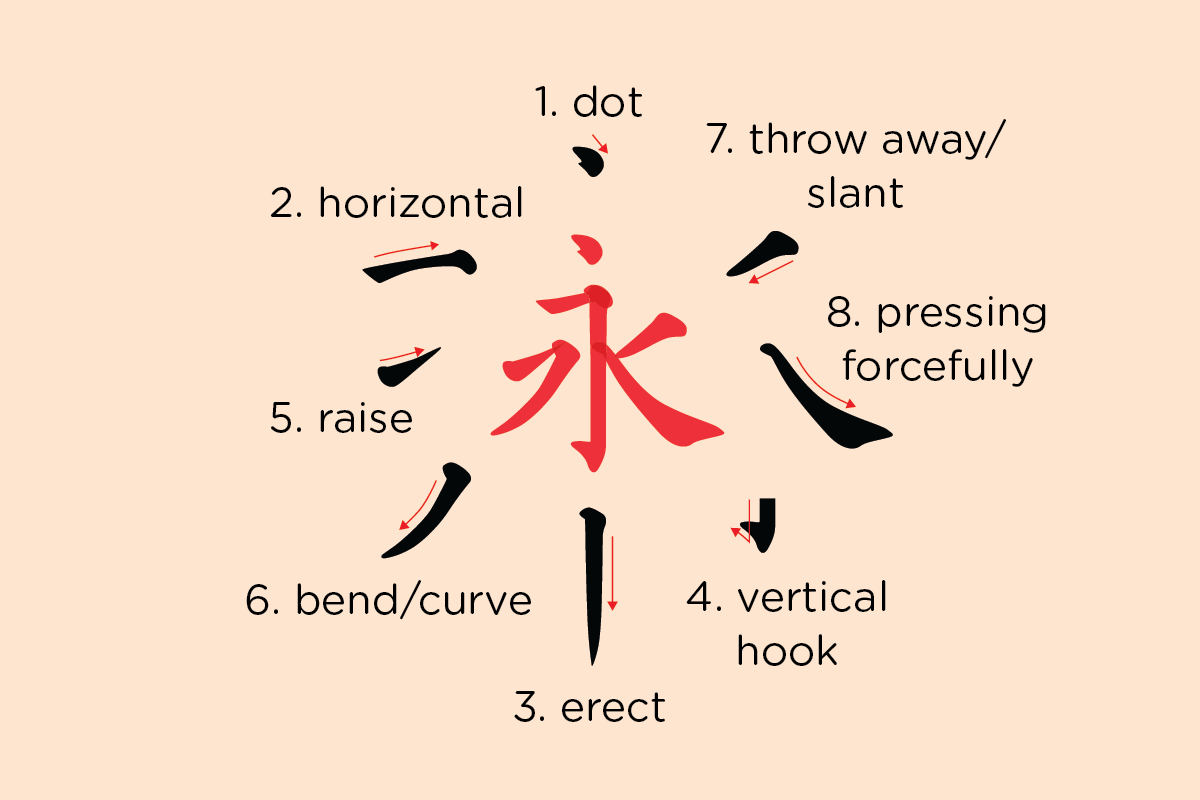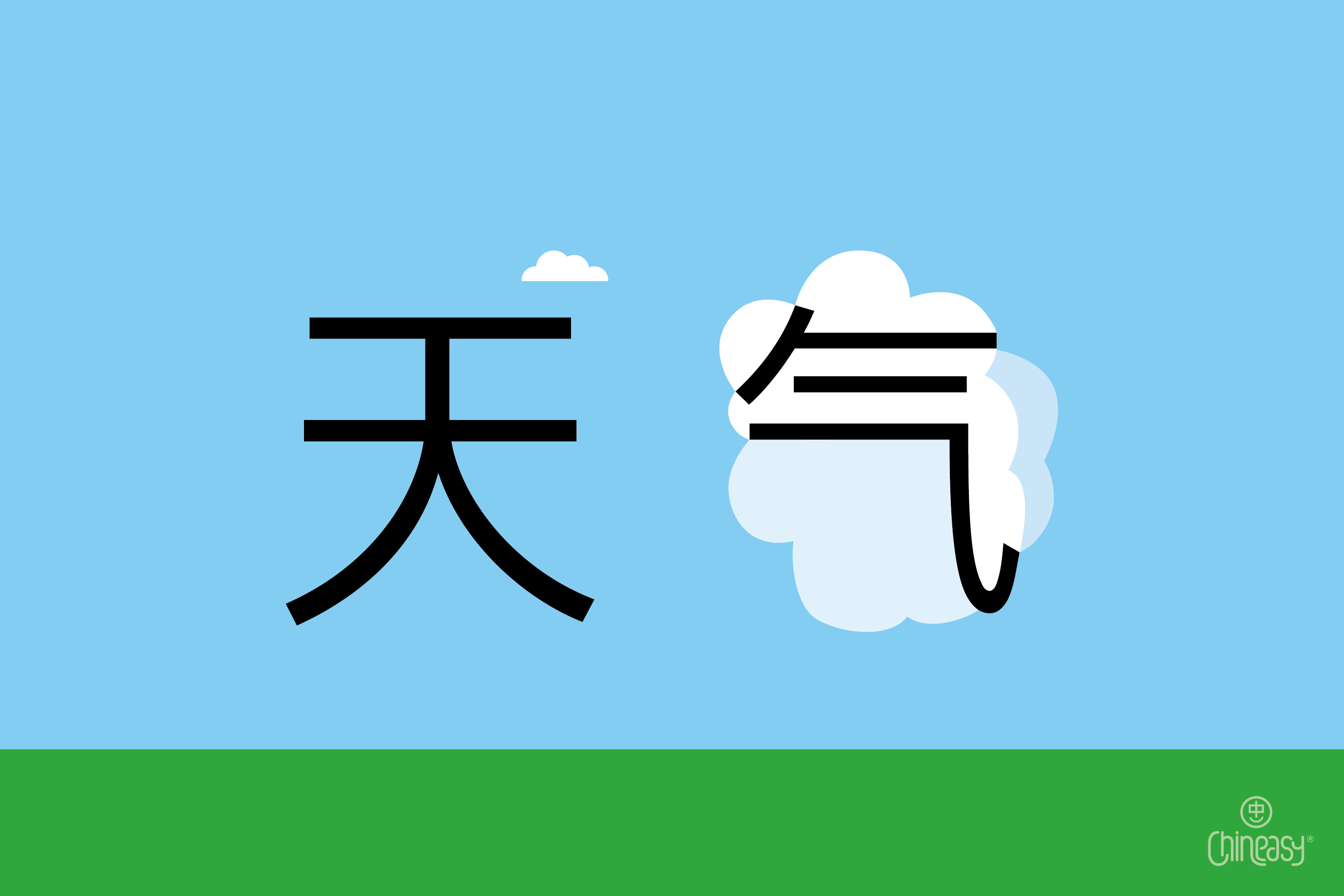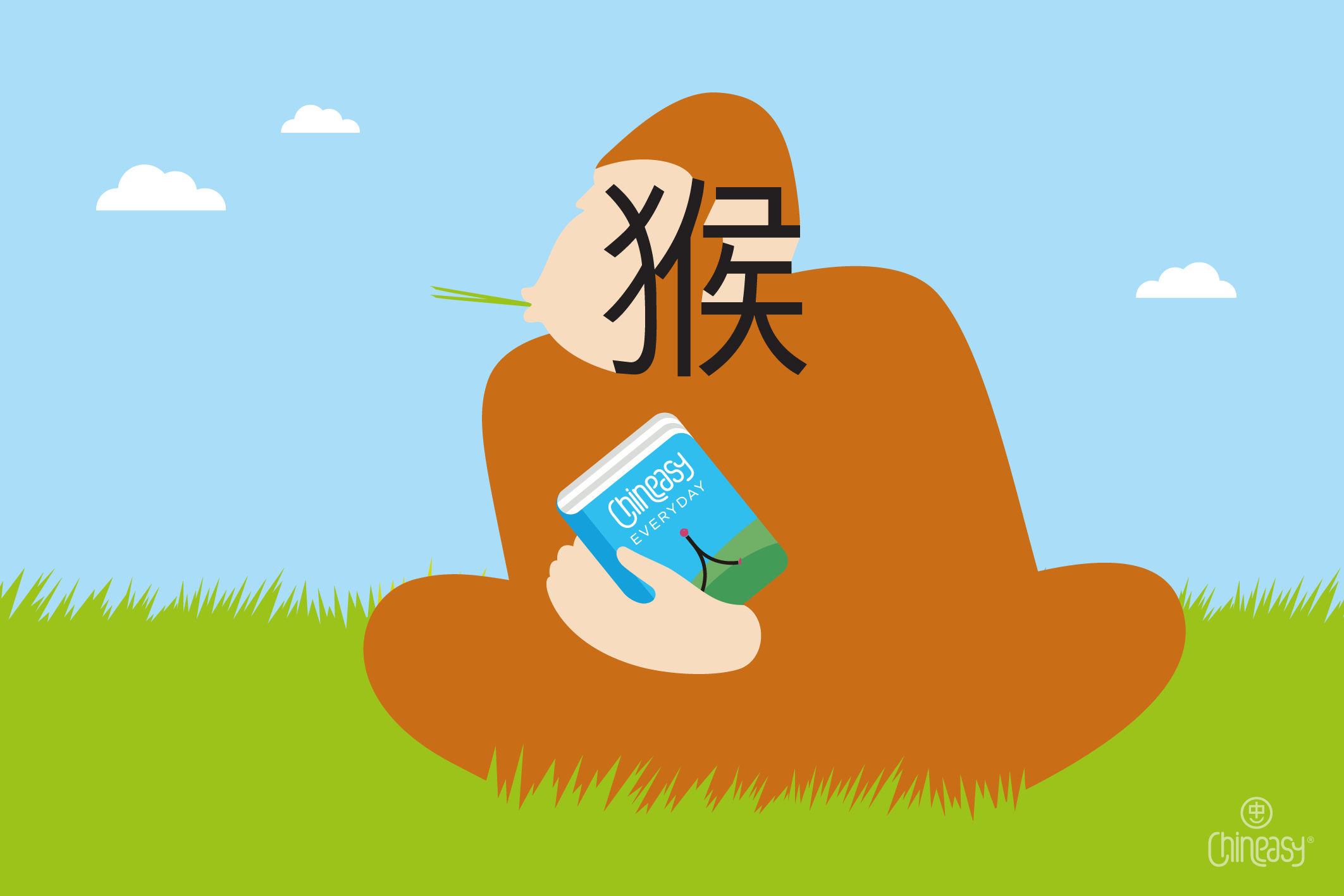Hello history enthusiasts! Surely, the name “Terracotta Army” (兵馬俑/兵马俑; bīng mǎ yǒng) rings a bell? This mind-blowing discovery of over 8,000 life-sized clay warriors, horses, and chariots, excavated in 1974 near Xi’an (西安; xī ān), China (中國/中国; zhōng guó), continues to baffle and awe the world. Yet, for such an incredible testament of ancient craftsmanship, it’s surprisingly absent from historical records for over 2,200 years. Intriguing, right? Well, that’s what we’re here to explore! Let’s dive into some theories and fascinating tidbits that might just explain this ancient enigma.

Photo by Aaron Greenwood on Unsplash
Emperor Qin’s Mausoleum: a deliberate secret
Emperor Qin Shi Huang (秦始皇; qín shǐ huáng), the founder of a unified China, orchestrated the creation of the Terracotta Army, a grand testament to his eternal power and protection in the afterlife. This enigmatic emperor, known for his penchant for secrecy, chose to cloak his mausoleum and its clay guardians in mystery, likely to deter any would-be tomb raiders.
Historians suggest this monumental endeavor was deliberately omitted from historical records to maintain its secrecy. Can you imagine an undertaking of such scale flying under the radar?
Did you know? The mausoleum complex is enormous! It contains over 180 separate pits and spans approximately 56 square kilometers (around 22 square miles). Rumor has it that the tomb houses mercury (水銀/水银; shuǐ yín) rivers. Mind-blowing, isn’t it?
Book burnings and scholar purge: the devastating impact
Emperor Qin Shi Huang’s disdain for conflicting perspectives was notorious. His extreme actions included the infamous “Feng Shu Ken Ru” (焚書坑儒/焚书坑儒; fén shū kēng rú) – the burning of books and burying of scholars. This massive cultural and intellectual purge may well have consumed any early records of the Terracotta Army, leaving this astonishing treasure an enigma for future generations.

Photo by Jonny Caspari on Unsplash
Chilling Fact: Some accounts suggest that this ruthless campaign resulted in the live burial of over 400 scholars. A dark chapter indeed in the annals of Chinese history!
The lost chronicles of the Qin Dynasty: a historical whirlwind
The Qin Dynasty (秦朝; qín cháo), despite its monumental contributions, had a brief reign of just 15 years (221-207 BCE). Upon Emperor Qin Shi Huang’s death, China entered a chaotic phase, ultimately leading to the rise of the Han Dynasty (漢朝/汉朝; hàn cháo). It’s plausible that in this tumultuous transition, many Qin records and treasures, including possible references to the Terracotta Army, were lost or destroyed.
Did you know? Eight years after the death of Emperor Qin, the Han Dynasty, succeeding the Qin, ushered in one of China‘s golden ages. Over its 400-year reign, it fostered remarkable art, science, and technology advancements.
The unfinished assignment theory: more than meets the eye?
Another theory speculates that perhaps the mausoleum project simply remained incomplete. Emperor Qin’s unexpected demise left his successor, his second son Huhai, in a whirlwind of issues. Huhai, often regarded as one of China’s least effective rulers, was mired in power struggles and intrigue. He reportedly falsified his father’s will to seize the throne and had his older brother Fusu killed. His reign, however, was short-lived, lasting only three years.
With power struggles ensuing and enemies on the horizon, the colossal mausoleum project could have been relegated to the backburner. As time passed, memories faded, and the Terracotta Army might have slipped into oblivion.
Did you know? Each terracotta soldier is an individual masterpiece, with distinct facial features thought to be modelled after real-life counterparts. This showcases the meticulous craftsmanship and remarkable attention to detail of the ancient artisans.
Unveiling the enigma: the closing act
And there we have it, folks! The enigma of the Terracotta Army’s absence from historical records continues to puzzle historians and enthusiasts alike. While the real reason may forever remain shrouded in mystery, the discovery of this magnificent army has undoubtedly deepened our understanding of ancient China and its enigmatic first emperor. The Terracotta Army stands as a testament to the extraordinary craftsmanship and imagination of its creators, captivating and inspiring us to this day. Who knows what other astounding secrets lie in wait, ready to be unearthed from the depths of China’s fascinating past?



